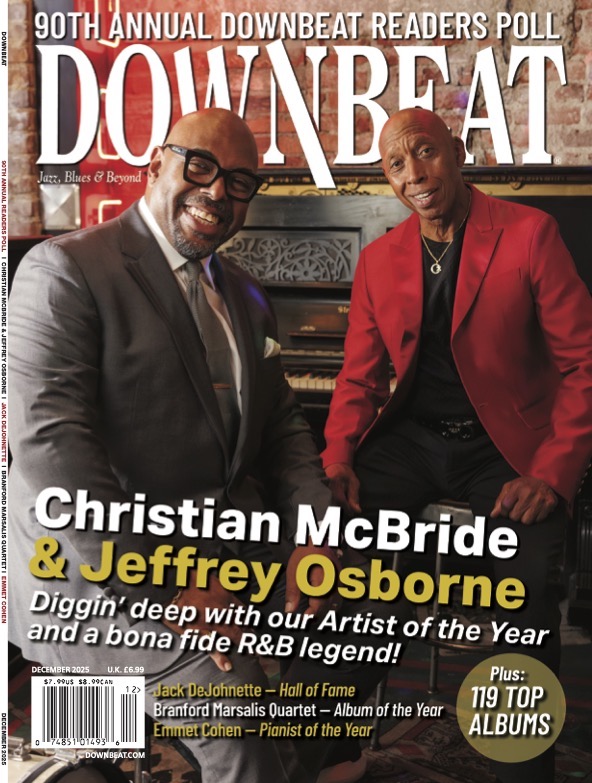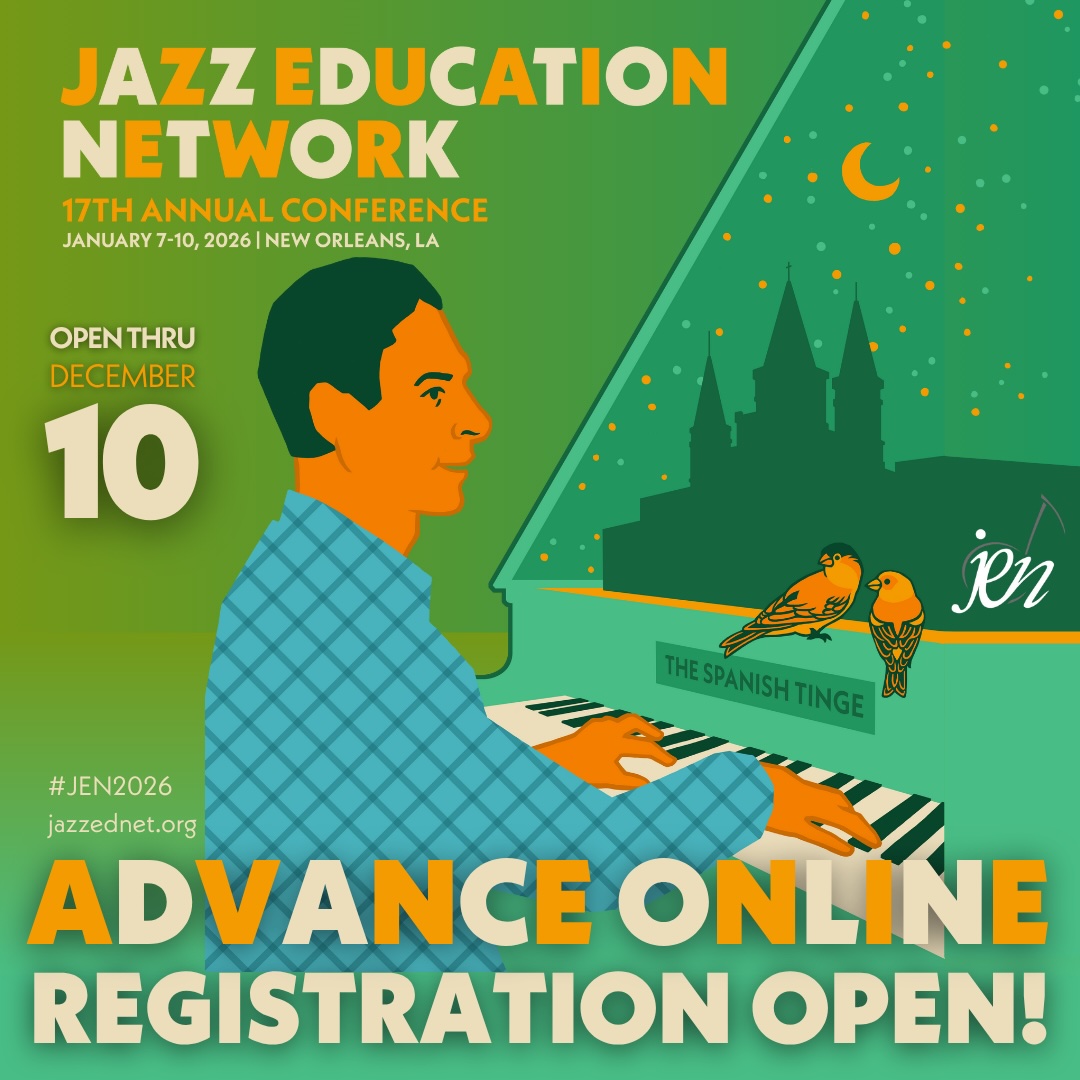Oct 28, 2025 10:47 AM
In Memoriam: Jack DeJohnette, 1942–2025
Jack DeJohnette, a bold and resourceful drummer and NEA Jazz Master who forged a unique vocabulary on the kit over his…
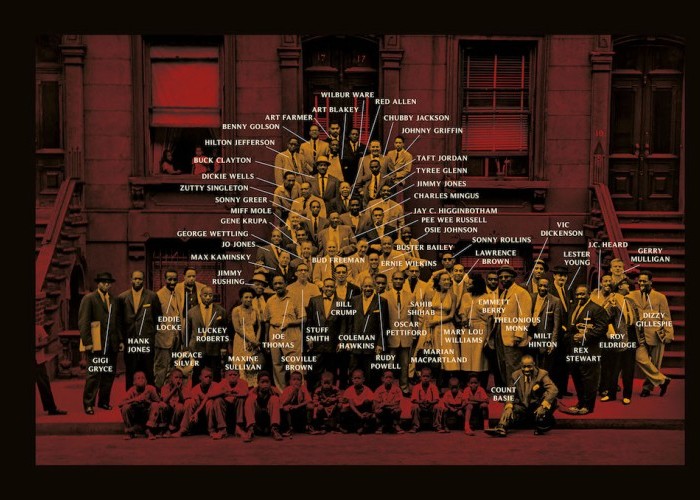
The book Art Kane: Harlem 1958 explores the origin of one of the most famous photos in jazz history and includes this version, identifying the 57 musicians.
(Photo: Art Kane)Many jazz fans have seen the iconic image, but few know its complete backstory. On Aug. 12, 1958, graphic designer and fledgling photographer Art Kane took a 35mm photograph of 57 jazz musicians on the doorstep of a Harlem brownstone at 17 E. 126th St.
Five months later, it was the lead photo in Esquire magazine’s spread on the past, present and future of jazz. In 1962 it became part of the first jazz coffee table art book, Esquire’s World of Jazz. In 1994, Jean Bach assembled an hour-long documentary, A Great Day in Harlem, on the making of the photograph. And 10 years after that, the photo provided a key plot point in Steven Spielberg’s The Terminal.
“It was a still,” Kane said years later, “but it was a living thing.” And so it remains.
Now, tied to the 60th anniversary of the photo comes the ultimate homage, Art Kane: Harlem 1958 (Wall of Sound Gallery, wallofsoundgallery.com), which assembles every frame shot that afternoon. It’s like stumbling into tapes of all the rehearsals of a classic record, plus dozens of alternate takes of the same tune. Also included are brief essays by Quincy Jones, Benny Golson and Kane’s son, Jonathan; short profiles of each musician in the photo; and some related photos.
The volume captures an eye-popping convergence in jazz history. In 1958, it was possible to hear many of the most important figures in jazz history still at the peak of their powers—Louis Armstrong, Miles Davis, Mary Lou Williams, Coleman Hawkins and John Coltrane. Such artists gathered fairly often in various settings. In December 1957, many appeared on CBS’s The Sound of Jazz. A week earlier, a studio reunion of the old Fletcher Henderson Orchestra produced one of the wildest big band sessions in jazz history. And every July there was the annual festival at Newport.
Yet, this remains an extraordinary summit of the jazz establishment, and the camaraderie is evident. Most were more interested in visiting than posing. Rex Stewart was the only one who brought his horn. Others brought cameras, intuitively understanding the sense of occasion. Dizzy Gillespie and Milt Hinton shot several rolls. Hinton’s wife, Mona, took 8mm movies, many of which were used in the Bach documentary. The early shots make clear that Kane’s major challenge was to impose some order, giving new meaning to the phrase “herding cats.” What he couldn’t control, he used. Musicians assembled themselves in no particular hierarchy. Three kids looked out from an open window. A dozen more sat on the curb alongside Count Basie.
Looking at the photography today, one thinks of two things. First, we note some who were not there. Duke Ellington was in Milwaukee. Davis, Coltrane and Armstrong were on the road. Benny Goodman was in Los Angeles. Ella Fitzgerald was recording at Mr. Kelly’s in Chicago. But where were Billie Holiday and Ruby Braff? Or Ben Webster?
Second, like a class picture, a large group photo like this also becomes a metaphorical clock. As time passed, it became a prolonged measurement of jazz’s ineluctable roll call of mortality. Eight months later, Lester Young was suddenly gone. He was the first. Sixty years later, the clock is still ticking: Only Benny Golson and Sonny Rollins still are with us.
Not since Esther Bubley and Hank O’Neal’s Charlie Parker in 1995 has a single moment in jazz been so fully visualized in book form. In addition to the standard hardcover edition, it is available in a limited edition signed by Golson, Jones and Jonathan Kane. DB
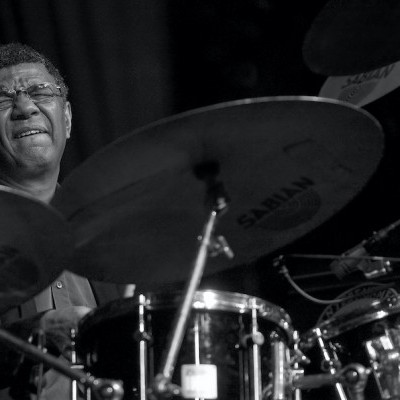
Jack DeJohnette boasted a musical resume that was as long as it was fearsome.
Oct 28, 2025 10:47 AM
Jack DeJohnette, a bold and resourceful drummer and NEA Jazz Master who forged a unique vocabulary on the kit over his…
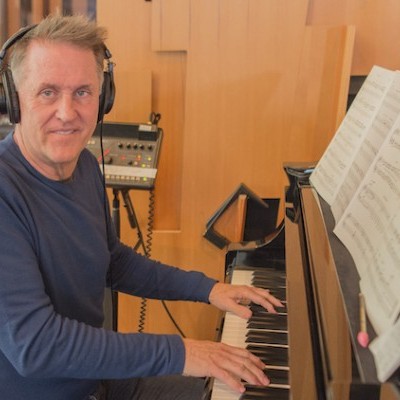
Goodwin was one of the most acclaimed, successful and influential jazz musicians of his generation.
Dec 9, 2025 12:28 PM
Gordon Goodwin, an award-winning saxophonist, pianist, bandleader, composer and arranger, died Dec. 8 in Los Angeles.…
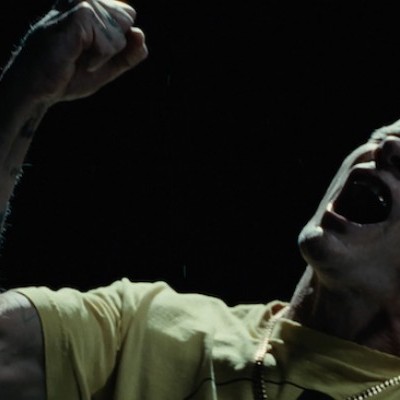
Flea has returned to his first instrument — the trumpet — and assembled a dream band of jazz musicians to record a new album.
Dec 2, 2025 2:01 AM
After a nearly five-decade career as one of his generation’s defining rock bassists, Flea has returned to his first…
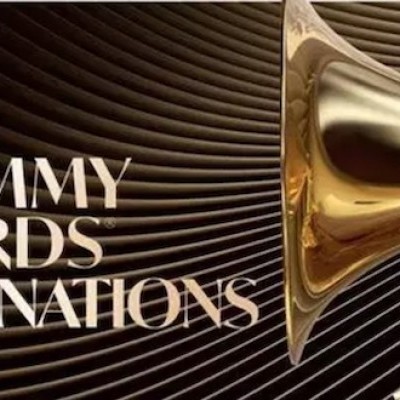
To see the complete list of nominations for the 2026 Grammy Awards, go to grammy.com.
Nov 11, 2025 12:35 PM
The nominations for the 2026 Grammy Awards are in, with plenty to smile about for the worlds of jazz, blues and beyond.…
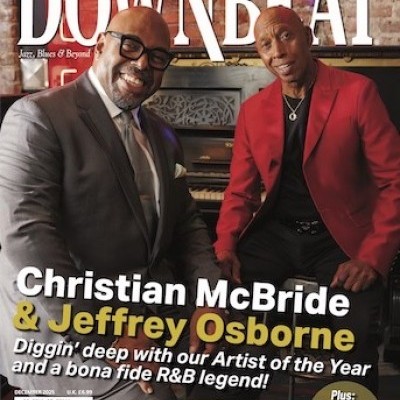
Nov 13, 2025 10:00 AM
For results of DownBeat’s 90th Annual Readers Poll, complete with feature articles from our December 2025 issue,…

